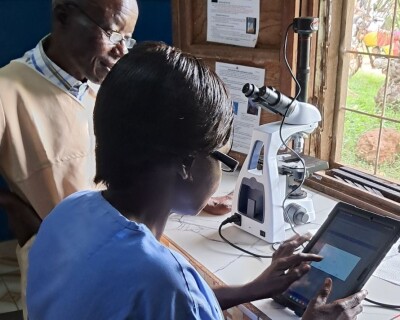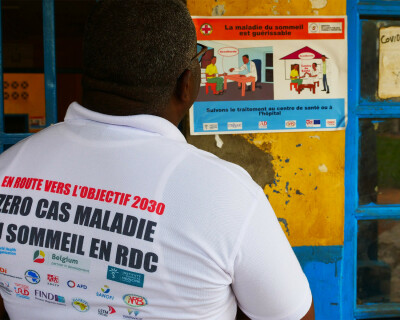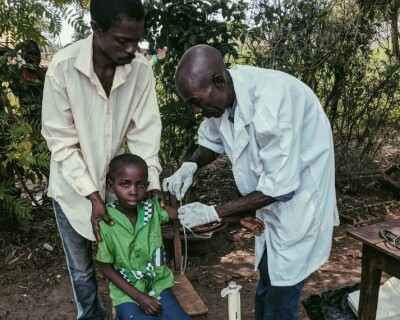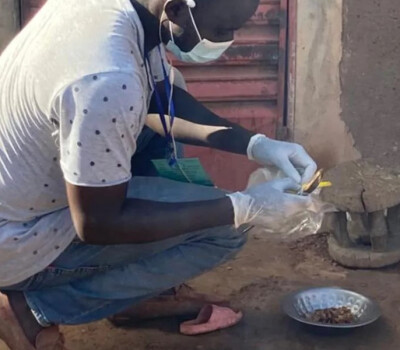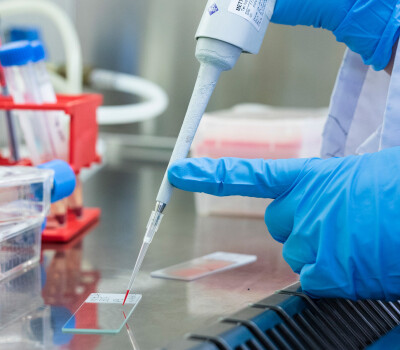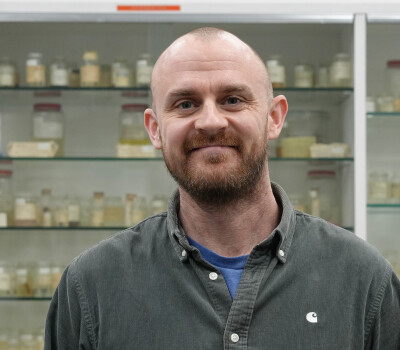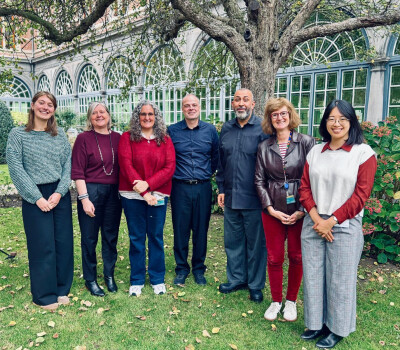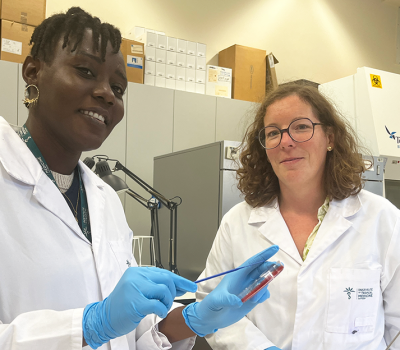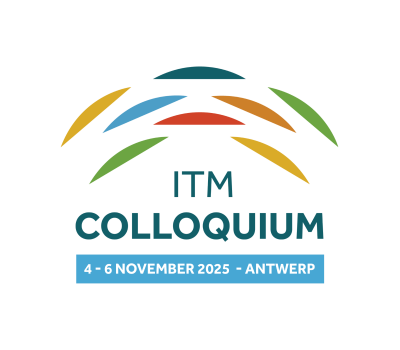Important steps to advance sleeping sickness elimination in the DRC
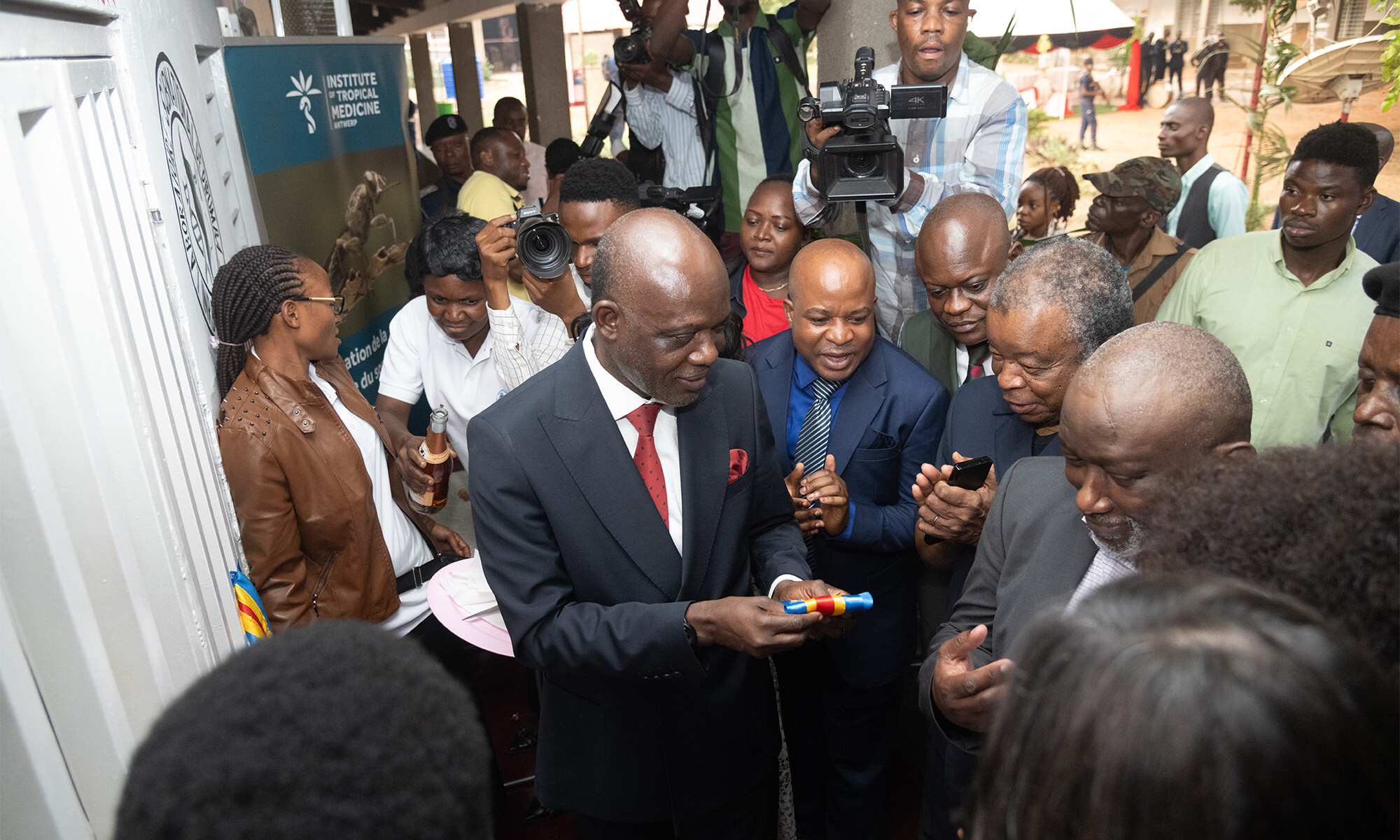
Human African trypanosomiasis (HAT), also known as sleeping sickness, is a life-threatening parasitic disease transmitted by the tsetse fly. 92% of reported cases of sleeping sickness infections are caused by the parasite Trypanosoma brucei gambiense or gHAT, which is mostly found in West and Central Africa. It has particularly afflicted the Democratic Republic of the Congo (DRC) for centuries. Thanks to intensive control efforts, progress towards the WHO’s goal to interrupt transmission is tangible. However, sleeping sickness remains at risk of resurgence, underscoring the need for ongoing surveillance, screening, and community engagement.
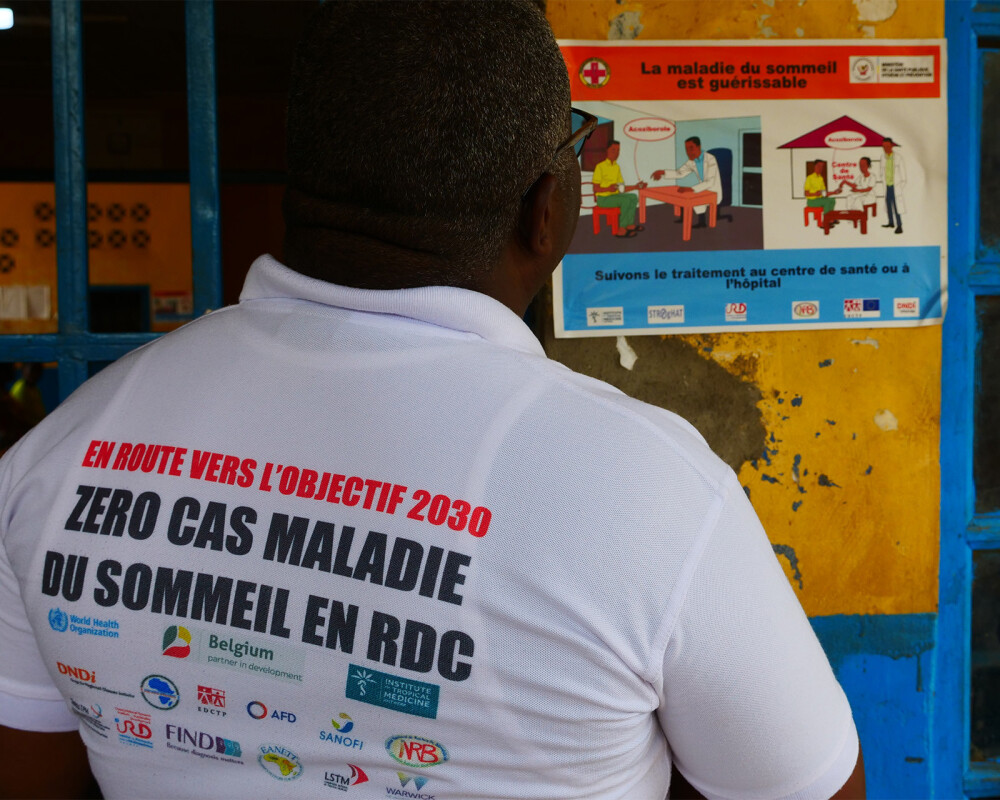
During the summer of 2025, several key events and initiatives advanced efforts toward the elimination of sleeping sickness in the DRC: the opening of a brand-new diagnostic lab in Mbuji-Mayi in Kasai Oriental province, the scientific advisory committee meeting of the StrogHAT project, and a planning workshop for passive case finding in the Bandundu region.
All of these initiatives are a collaborative effort between ITM, partners in the DRC, such as the National Sleeping Sickness Control Programme (PNLTHA) and the National Institute of Biomedical Research (INRB), and other international partners.
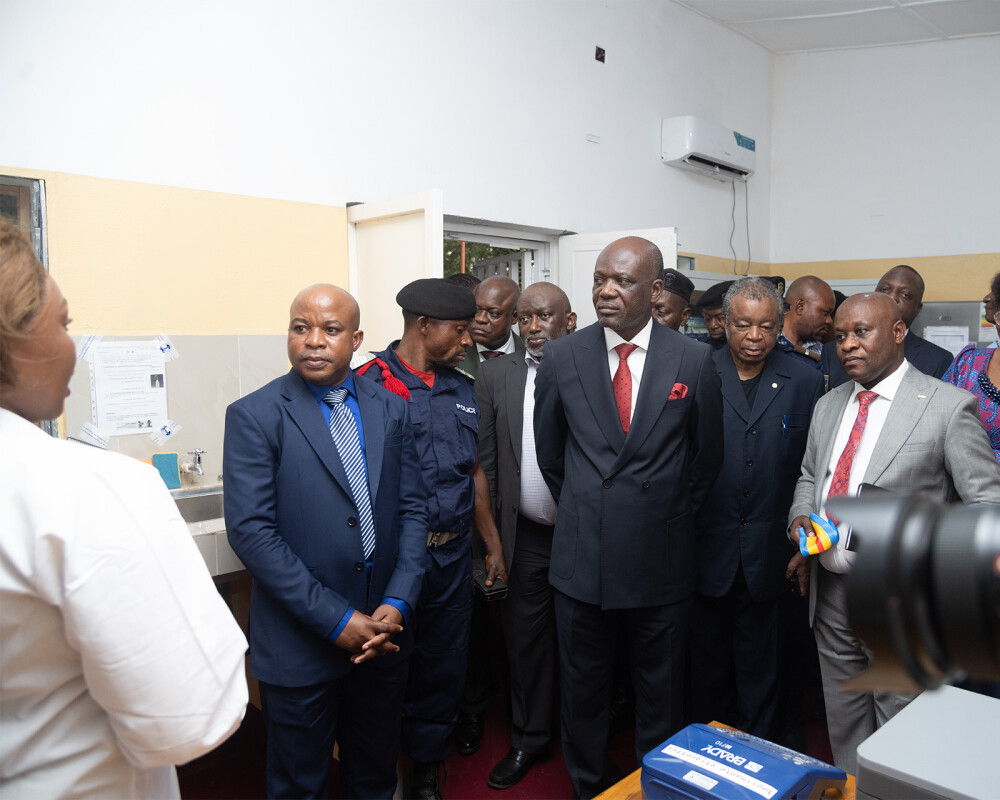
Dipumba Laboratory inaugurated in Mbuji-Mayi to strengthen sleeping sickness diagnosis
On 22 July 2025, the brand-new Subnational Laboratory of Dipumba was inaugurated in Mbuji-Mayi, Kasai Oriental province, a milestone in the DRC’s strategy to decentralise sleeping sickness diagnosis and reinforce its public health resilience. After nearly two years of preparation, this laboratory will serve as a regional hub for sleeping sickness diagnosis and a model for integrating advanced diagnostics into local health systems, bringing serological and molecular testing closer to affected communities.
“With Dipumba, we are decentralising diagnostics, empowering provincial teams and ensuring faster, more reliable confirmation of cases. This is how elimination goals become a reality on the ground,” says ITM’s senior researcher Nick Van Reet from the Unit of Trypanosoma, who was instrumental in the collaboration.
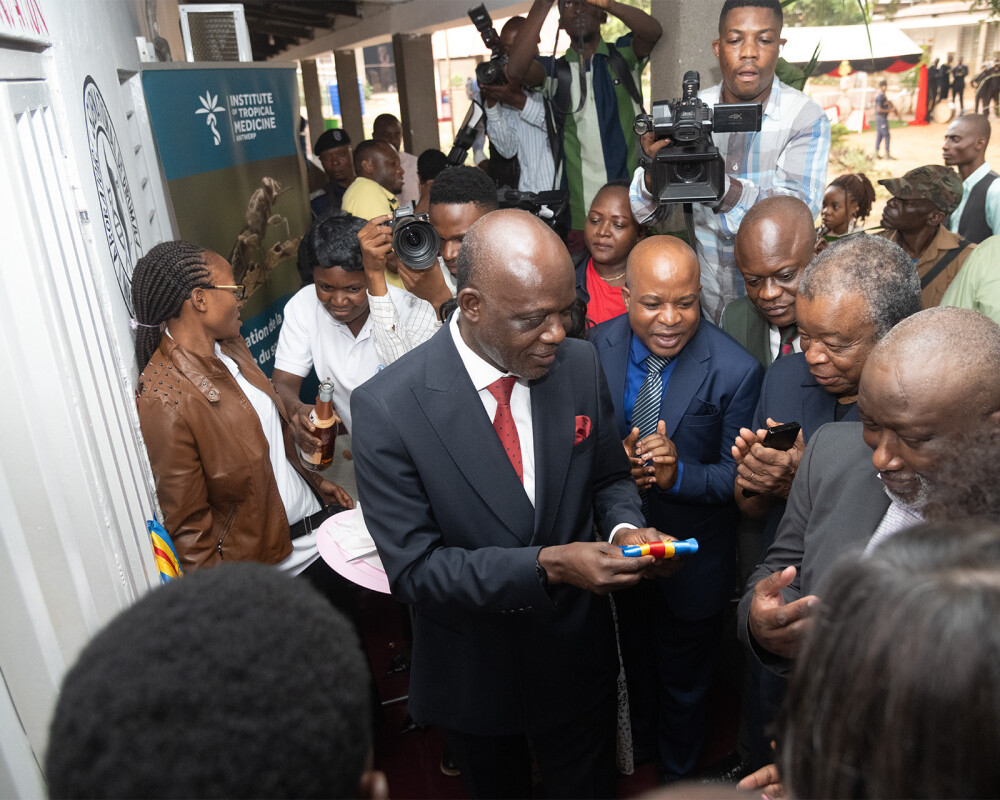
The inauguration also served to signal the laboratory’s operational readiness and to encourage sample submissions from neighbouring regions. It received broad national media coverage and highlighted the laboratory’s potential to expand beyond sleeping sickness diagnostics to other public health priorities. A follow-up meeting on 23 July led to an agreement that all seropositive samples identified during active screening in neighbouring provinces will be referred to Dipumba for confirmation—an estimated 1,500 samples per year.
The initiative is the result of a close collaboration between ITM’s Departments of Biomedical Sciences and Public Health, PNLTHA, INRB, and provincial health and political authorities.
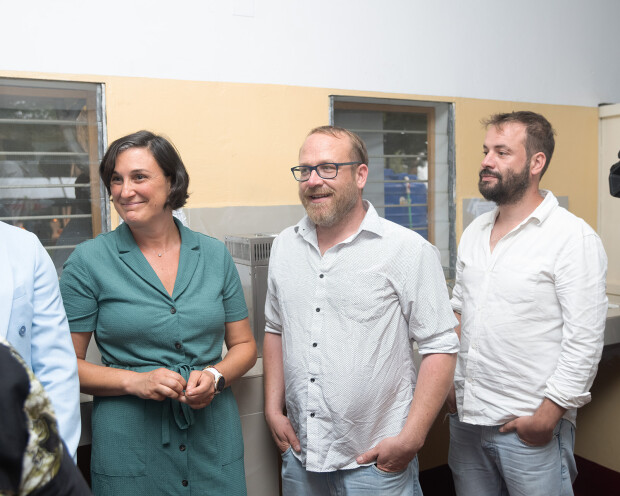
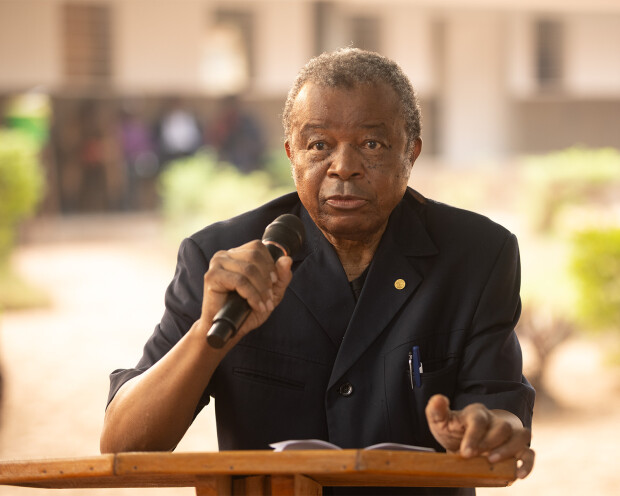
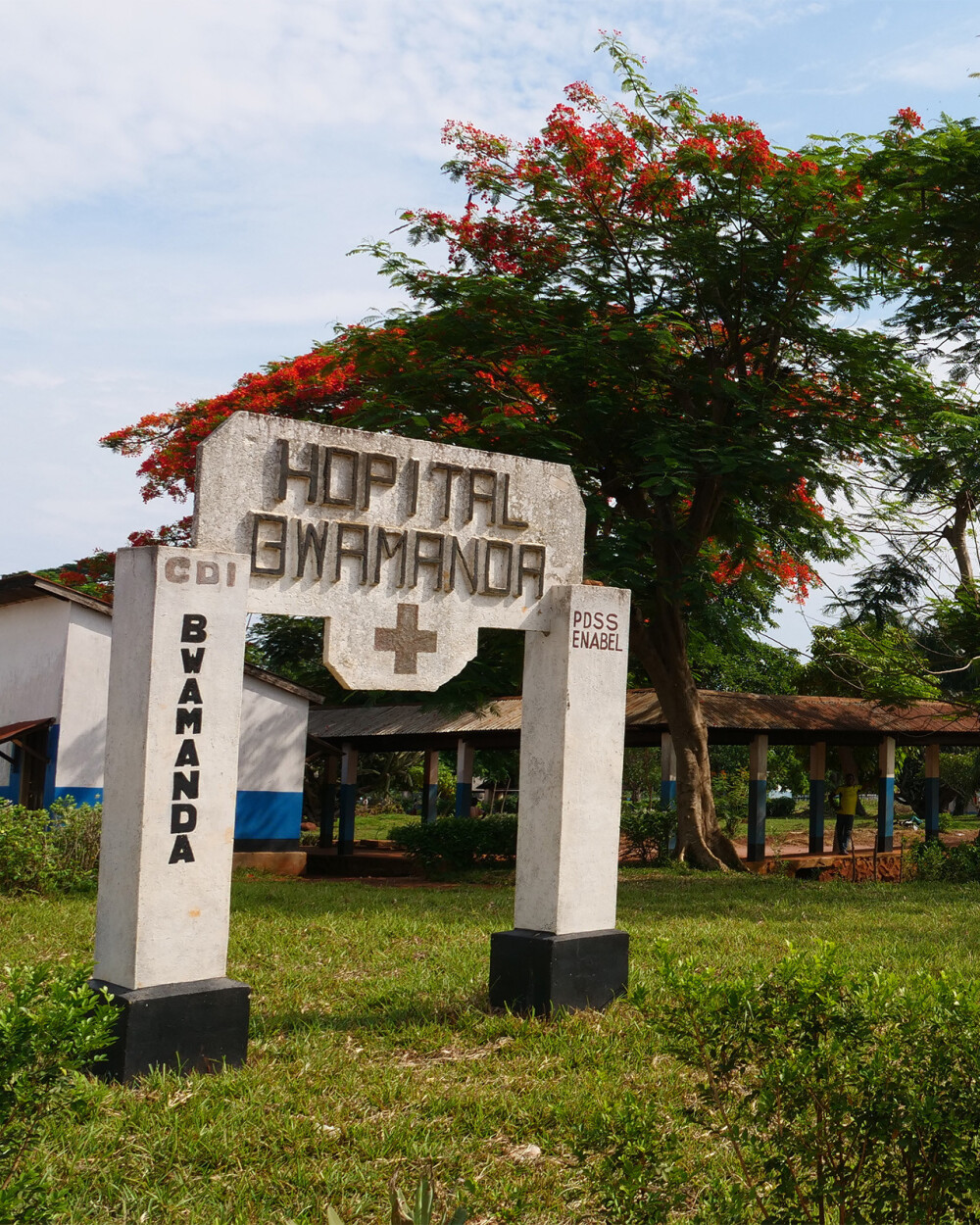
StrogHAT Scientific Advisory Committee
On 25 August, the EDCTP3-funded StrogHAT project held its second scientific advisory committee meeting in Kinshasa. The project is evaluating a “screen-and-treat” strategy using acoziborole, a new, single-dose, oral treatment for sleeping sickness. It aims to provide the first evidence needed to integrate this highly promising drug into national control programmes.
In its first year, over 250,000 people were screened, identifying seven gHAT patients and more than 800 seropositive individuals, with 353 enrolled in the clinical trial. Importantly, the project has greatly strengthened laboratory capacity, introduced and trained staff in the use of indirect ELISA diagnostic tests and molecular tests, and harmonised quality assurance procedures across partner institutions.
The project is coordinated by ITM’s Department of Public Health and involves key partners such as INRB, Institut de Recherche pour le Developpement (IRD), Drugs for Neglected Diseases initiative (DNDi), and PNLTHA. Elena Nicco from ITM’s Unit of Mycobacterial Diseases and Neglected Tropical Diseases explains: “Through the StrogHAT project, national and international partners have come together with a shared vision to bring innovation, expertise, and commitment to the last mile in the fight against sleeping sickness in the DRC.”

Planning Workshop in Bandundu
On 27 August, ITM, PNLTHA, INRB, and the Bandundu South provincial coordinator met in Kinshasa to plan the rollout of passive case finding in this high-transmission region—currently the global hotspot for sleeping sickness. Passive case detection involves identifying patients with the disease when they seek healthcare services. The workshop focused on identifying the health structures to be included in the initiative and to define working procedures. The project aims to reinforce early case detection through these local health facilities and will launch in early 2026.
StrogHAT’s progress and the new Bandundu initiative demonstrate how research, capacity strengthening, and operational action are converging to sustain momentum toward the elimination of sleeping sickness in the DRC.

The last mile of sleeping sickness elimination
Elena shares her personal experiences and insights from the last mile of sleeping sickness elimination in the third season of our ITM podcast Transmission. Listen on your favourite podcast platform!
Spread the word! Share this story on
